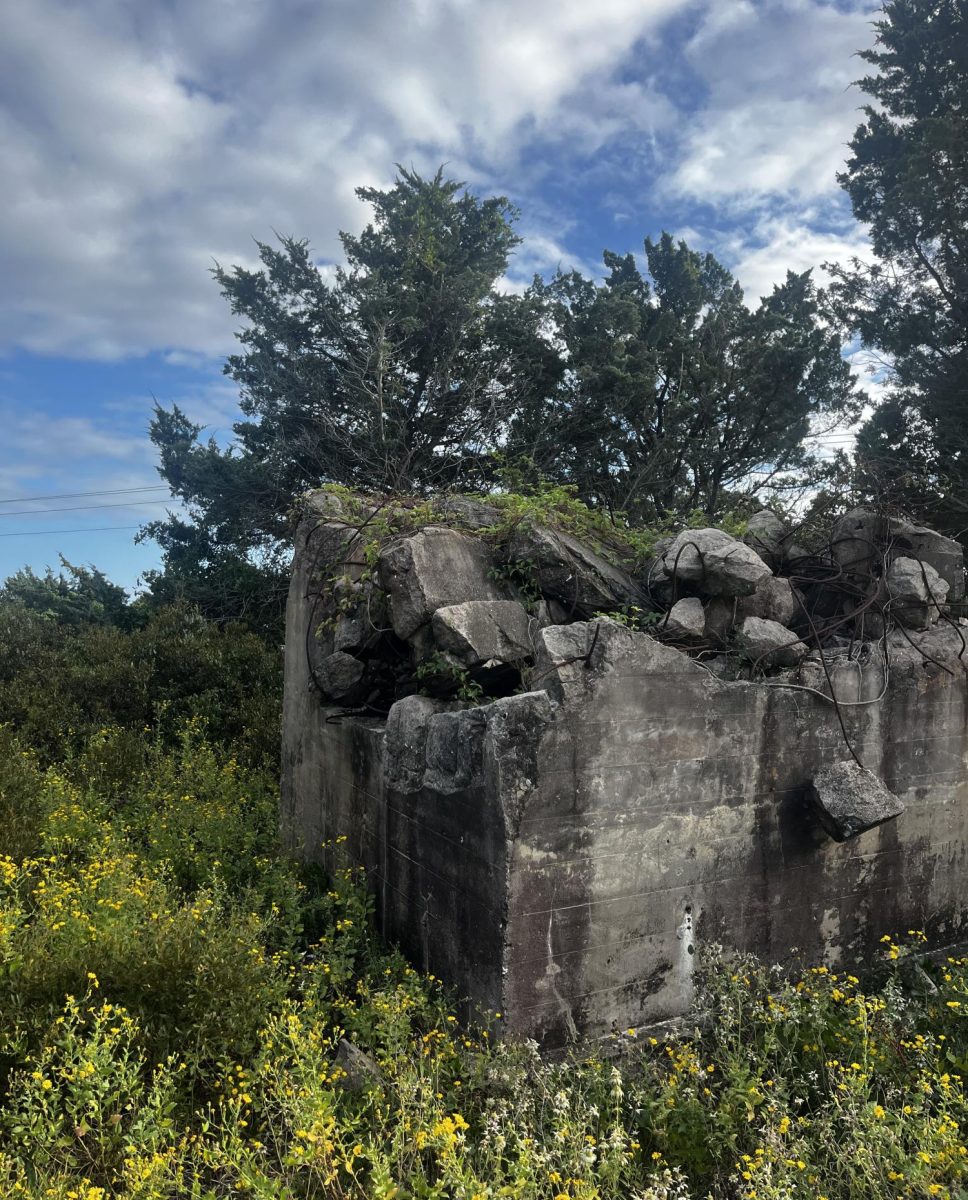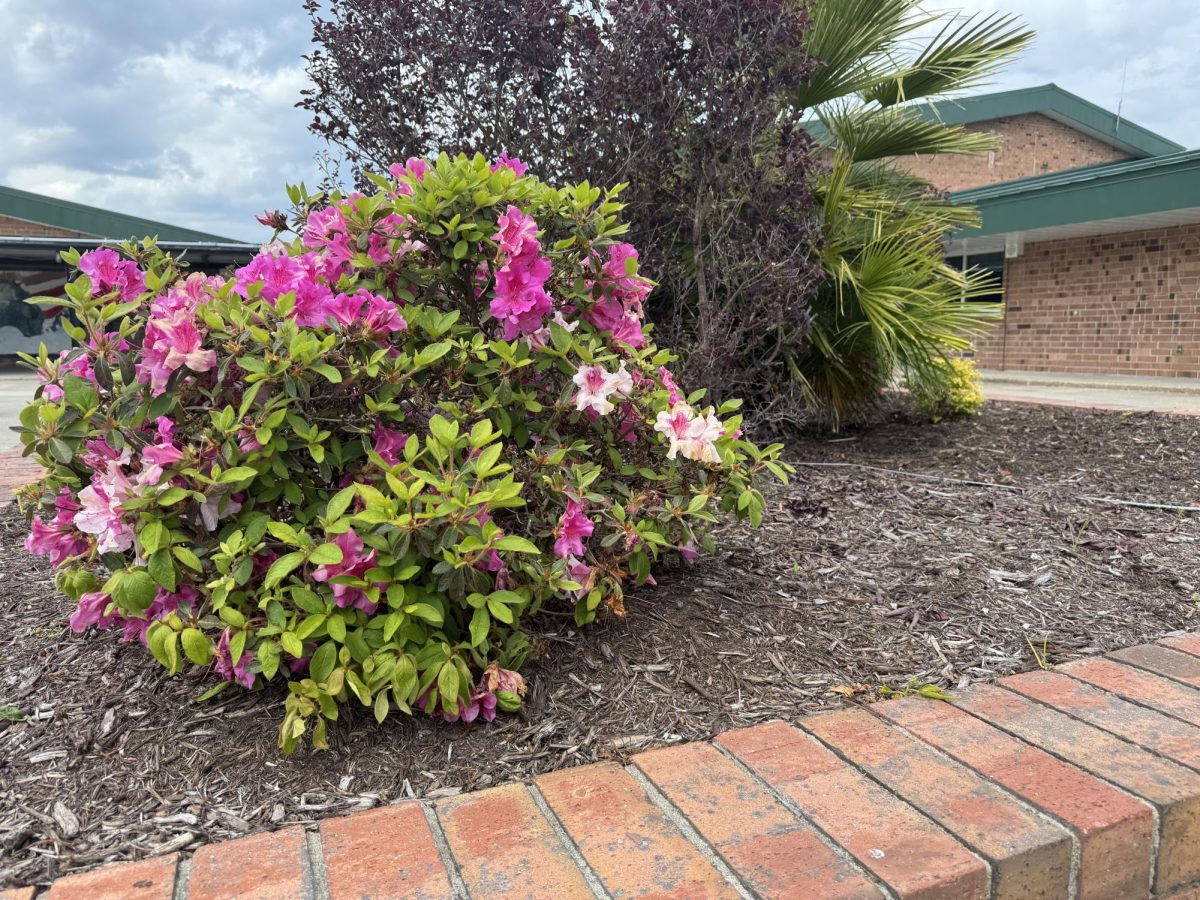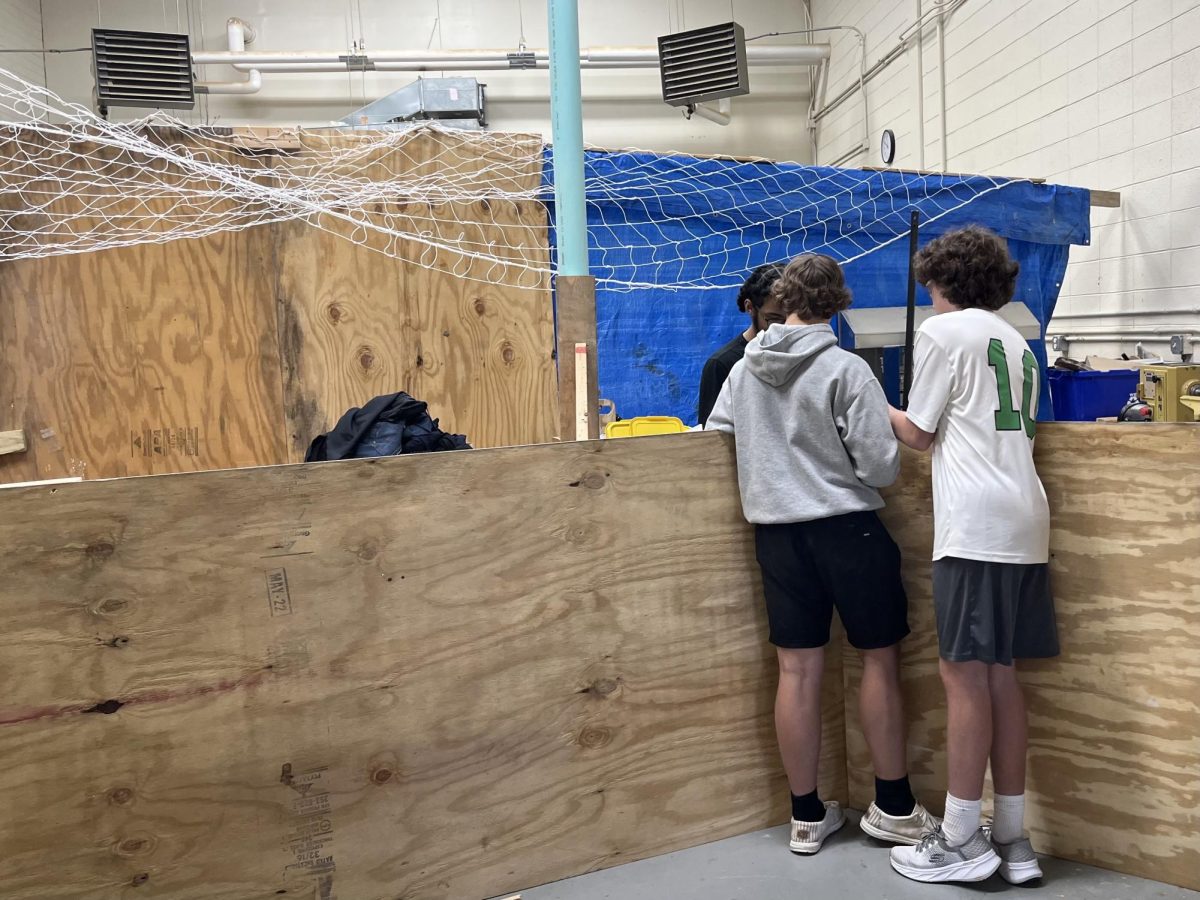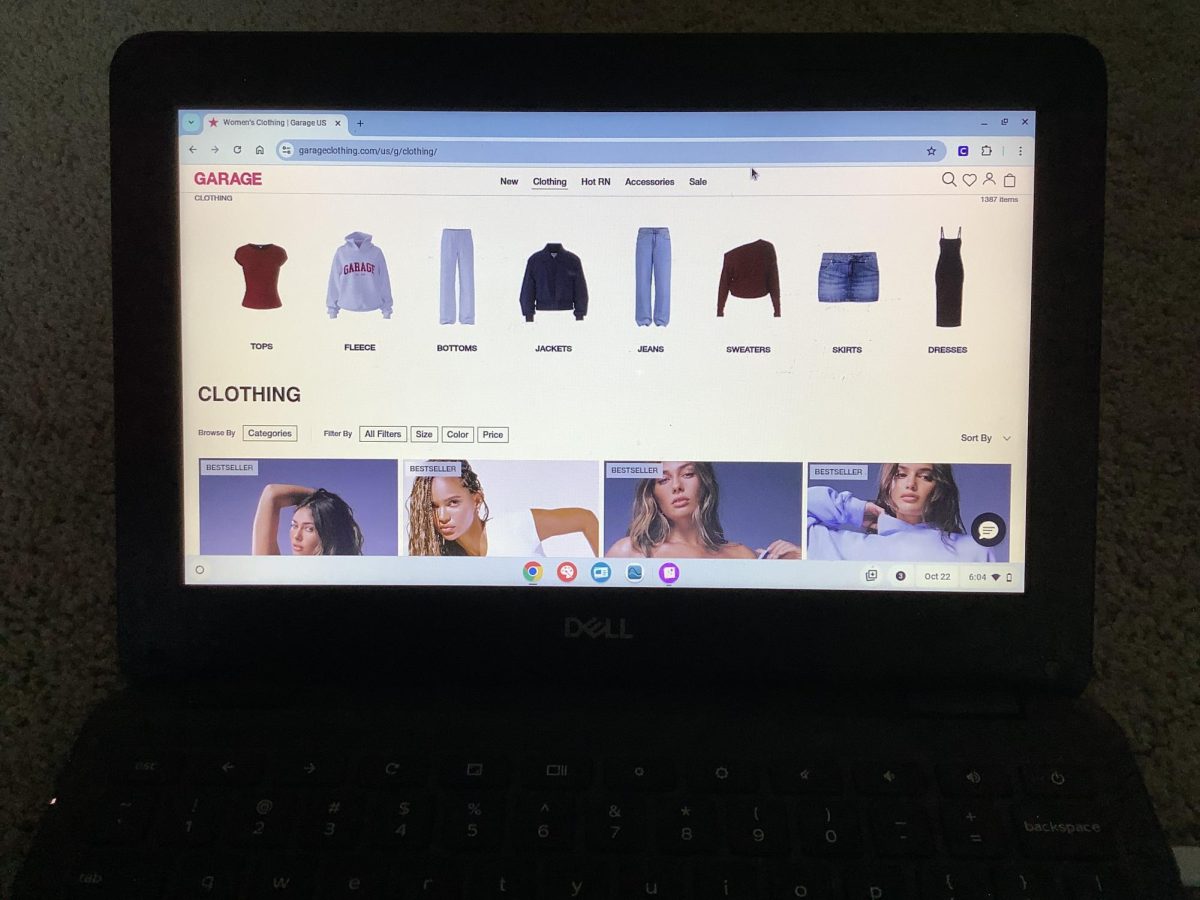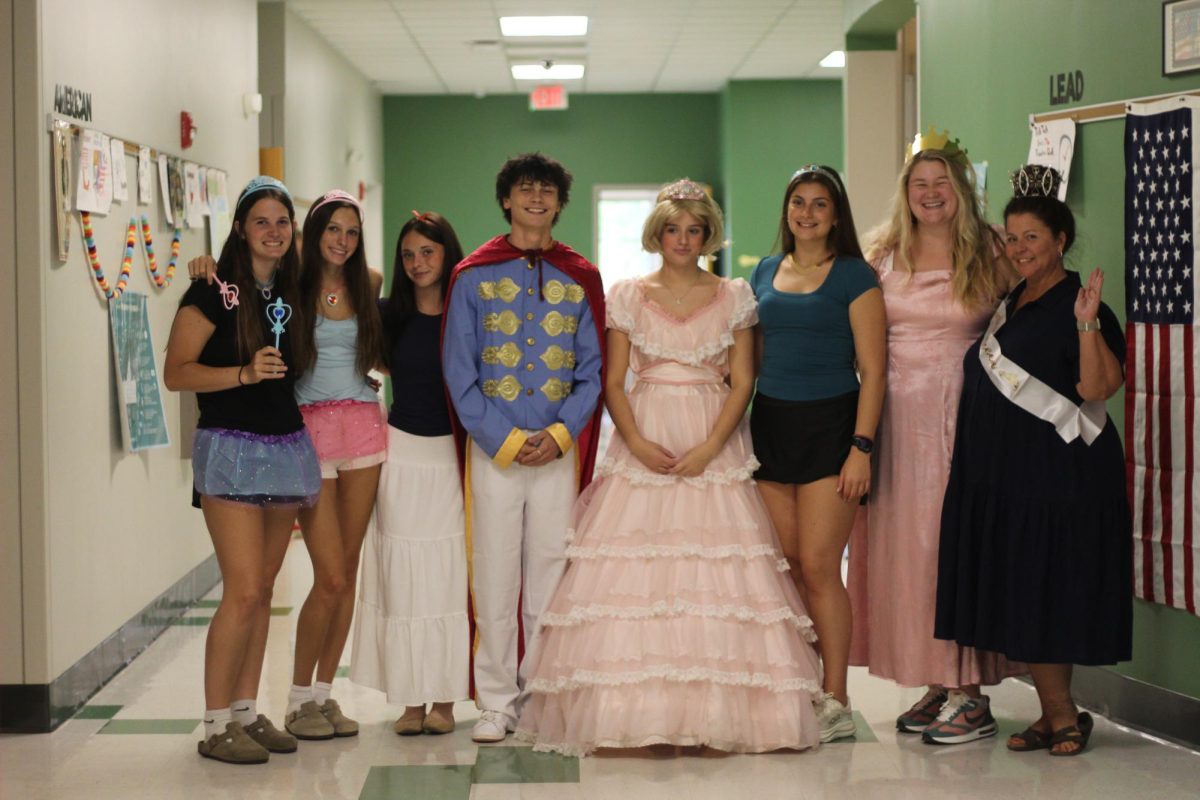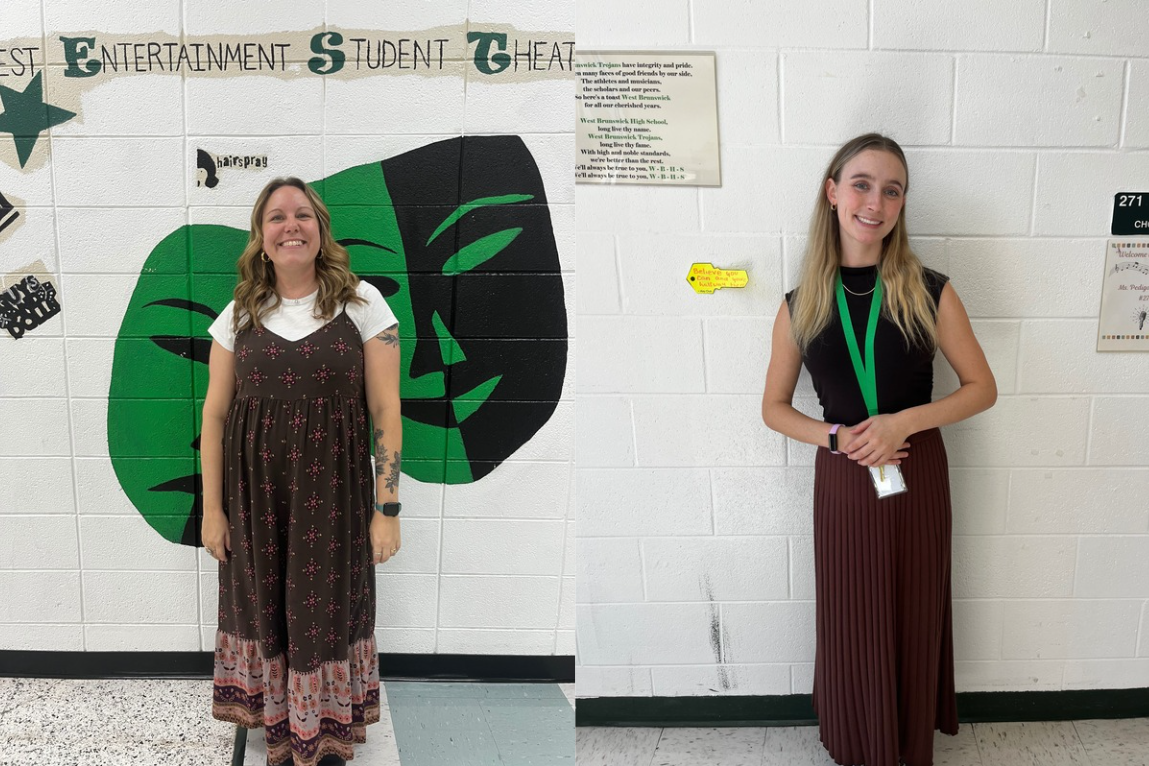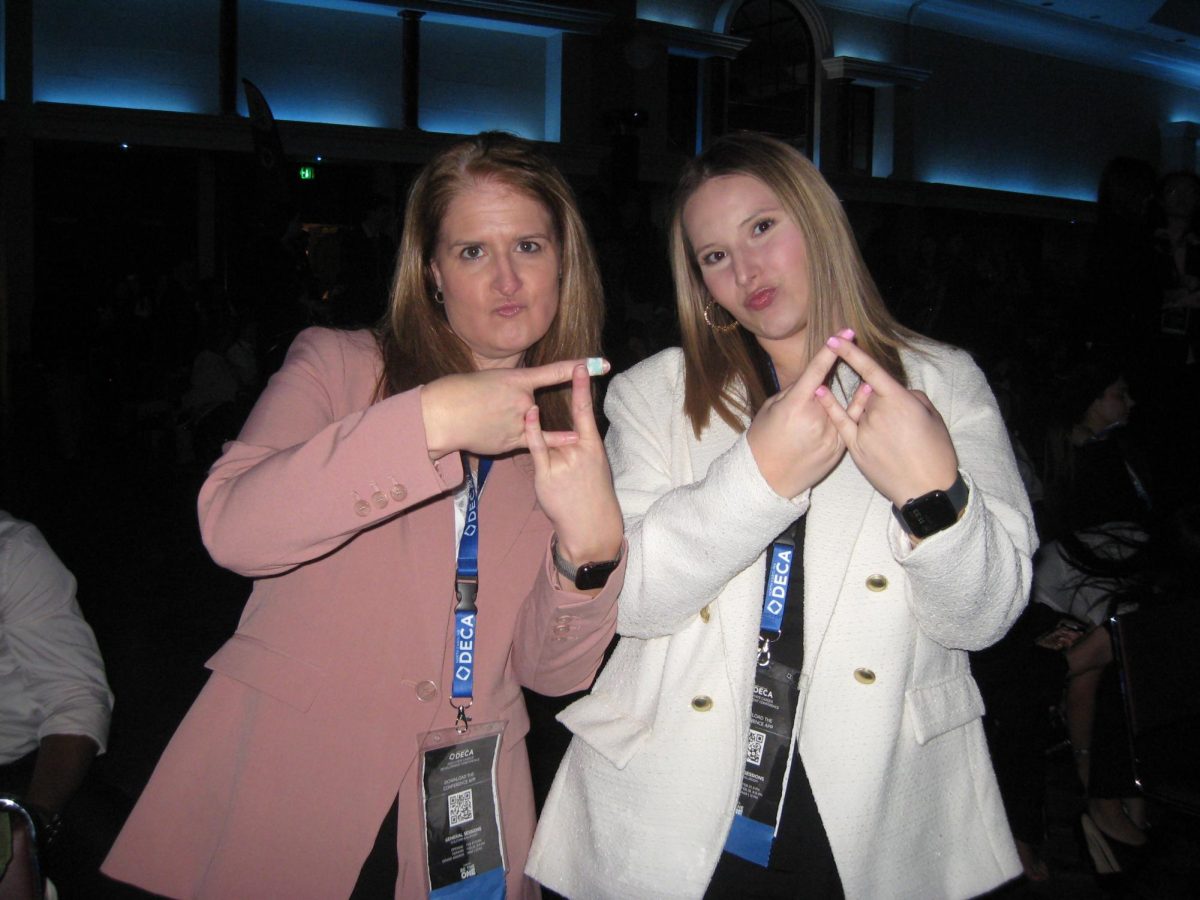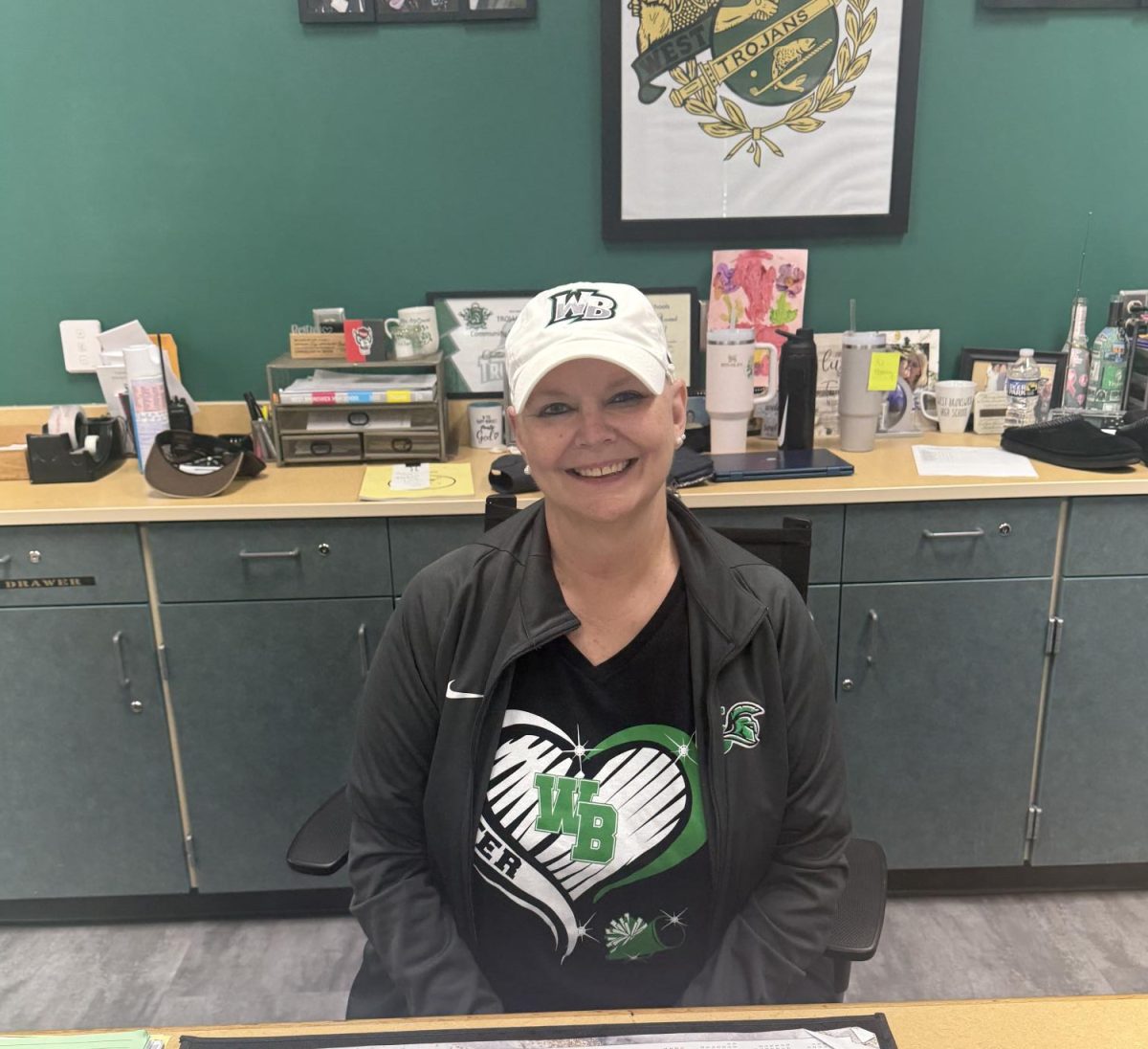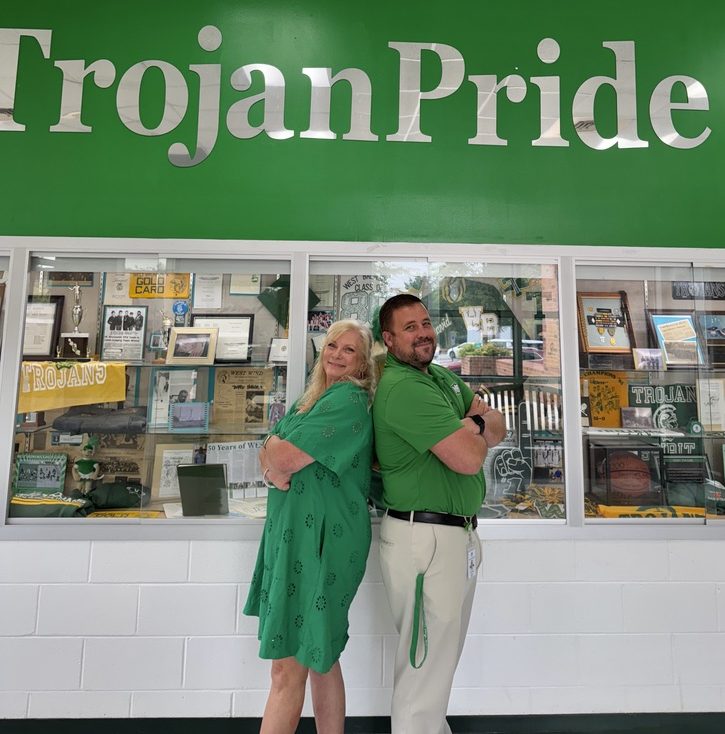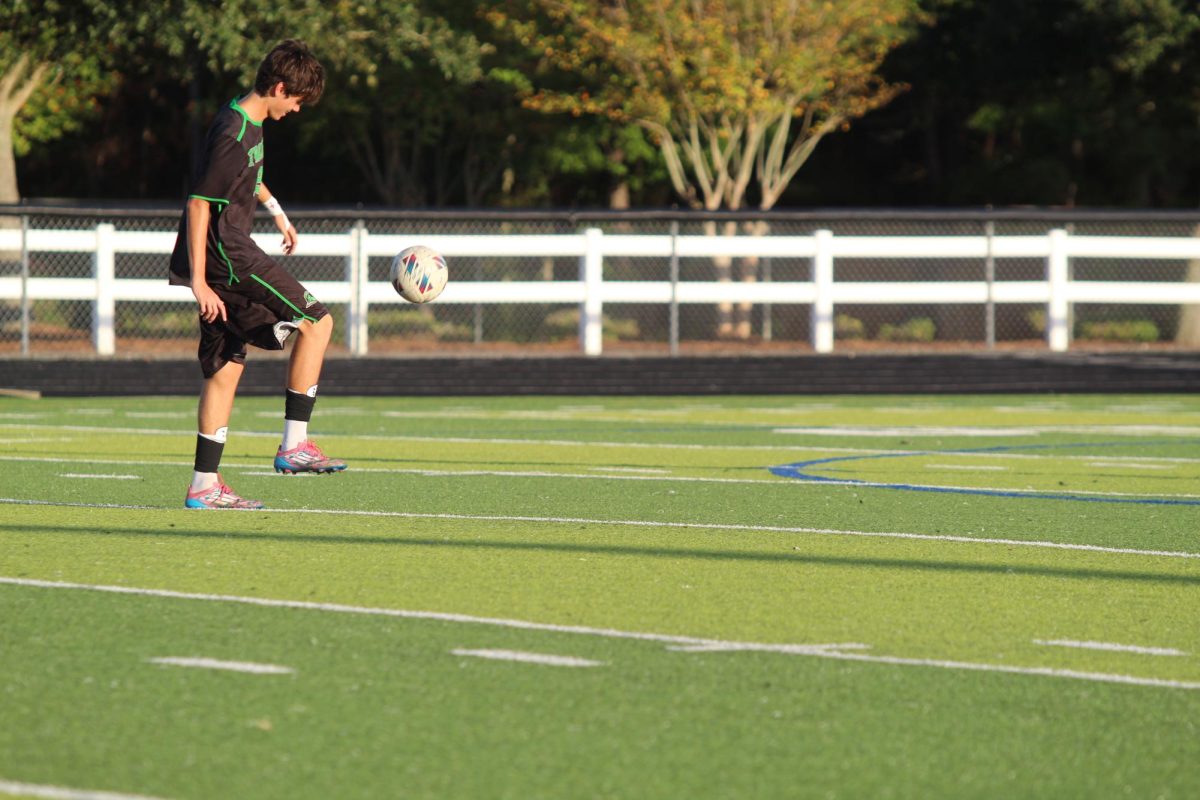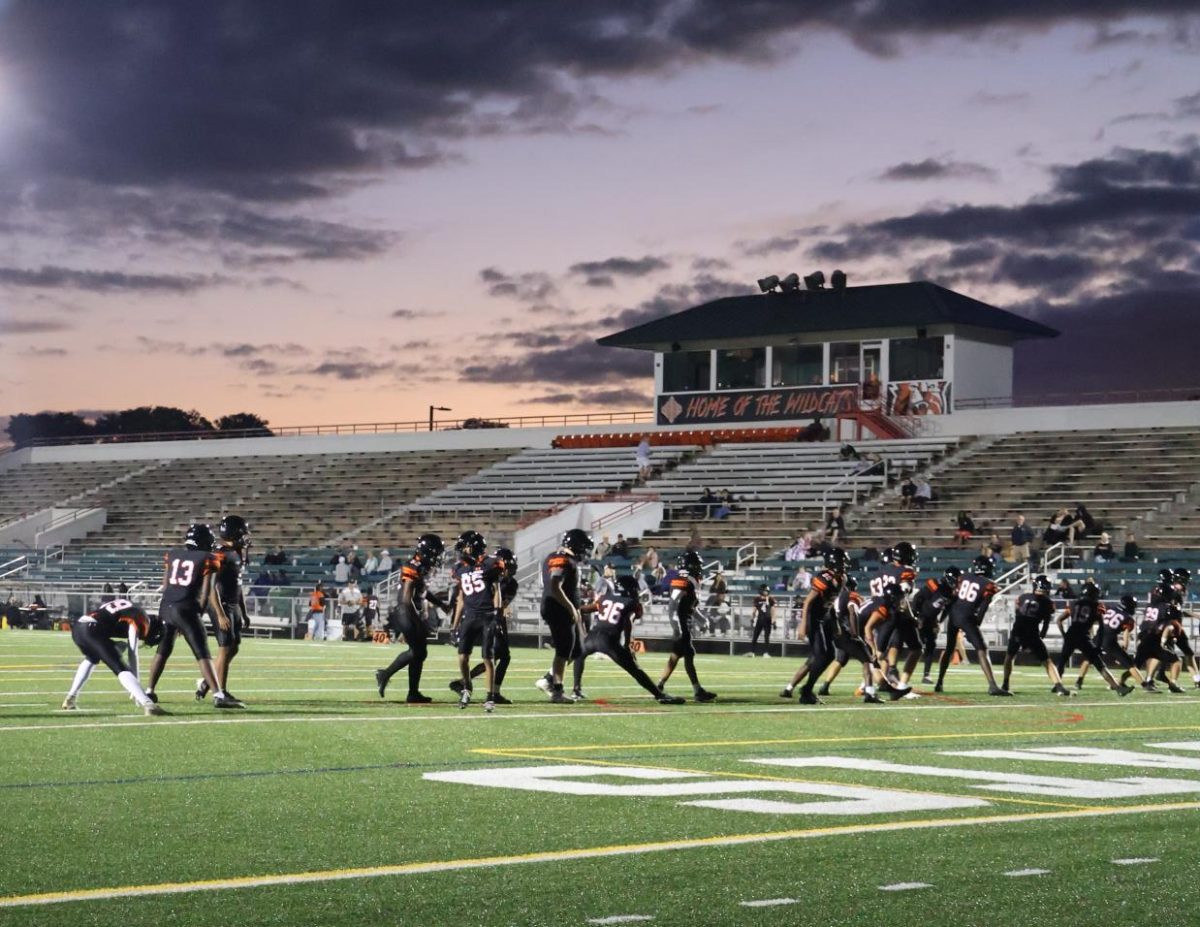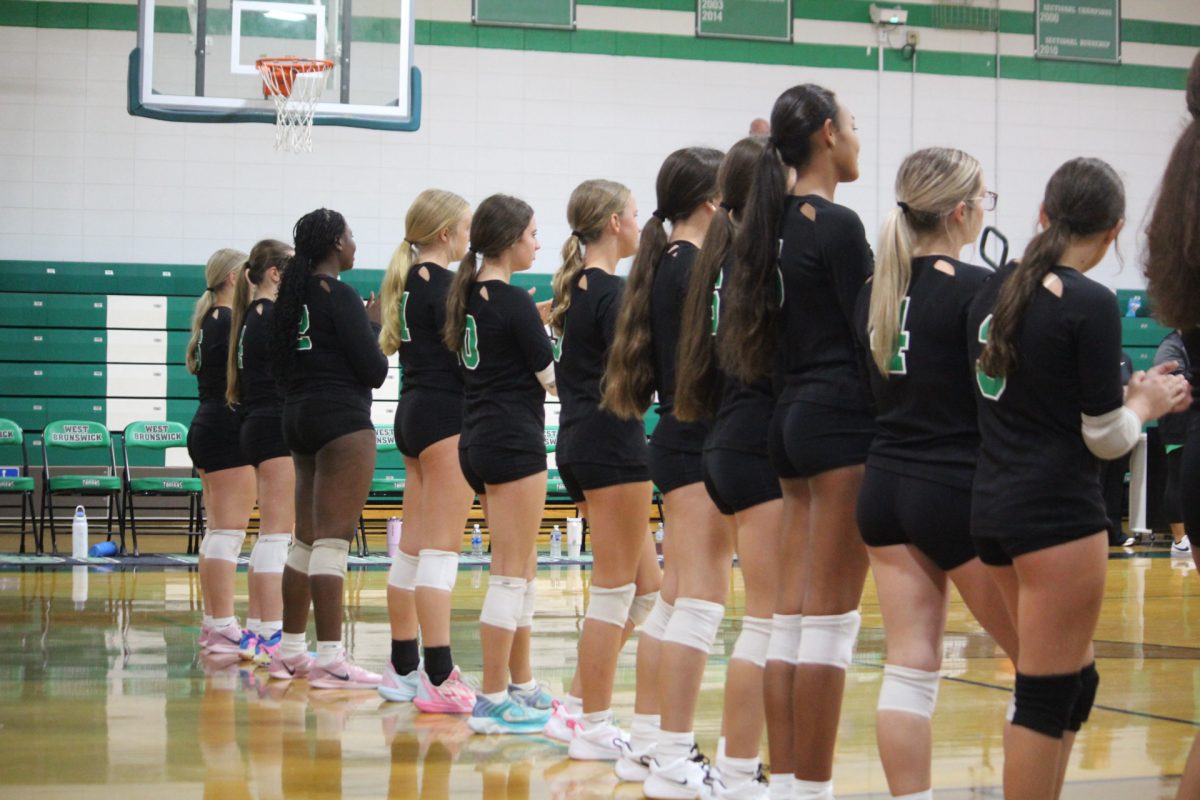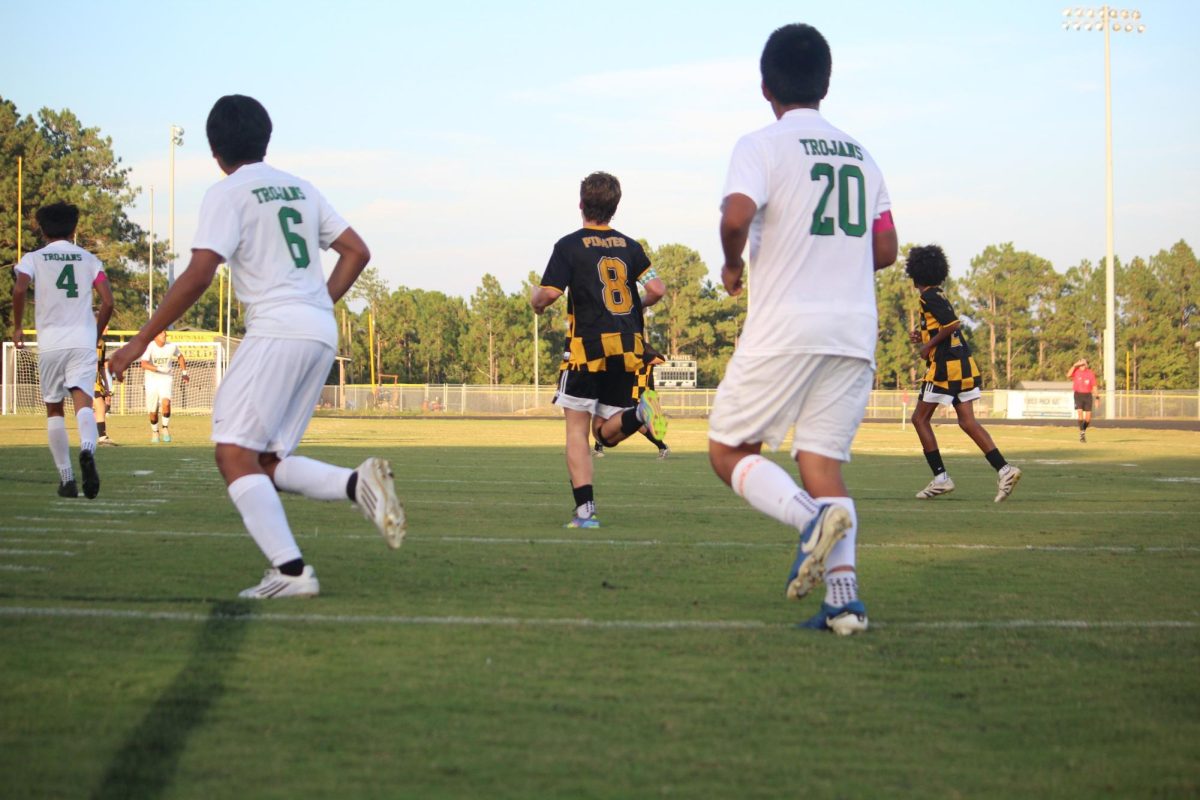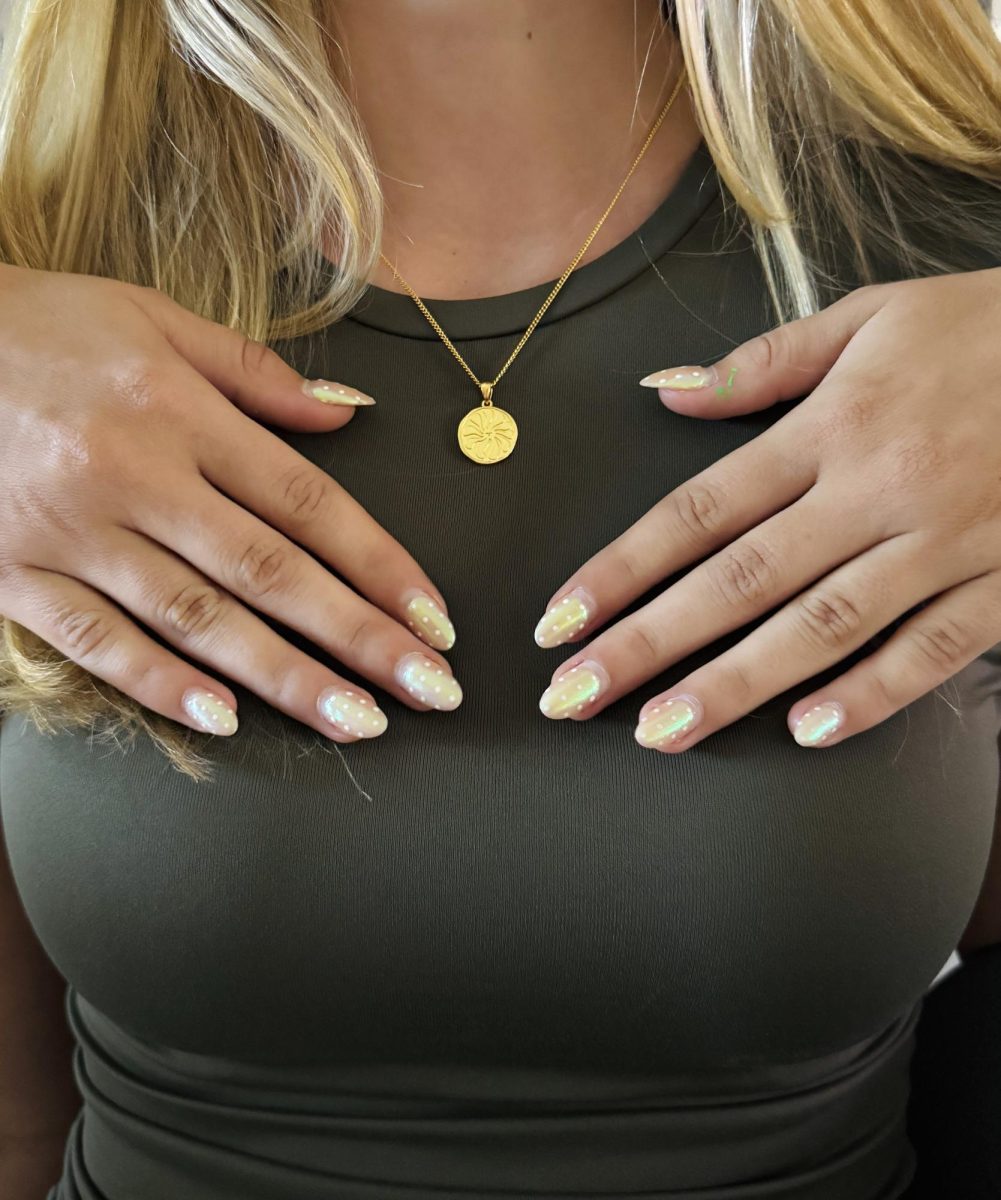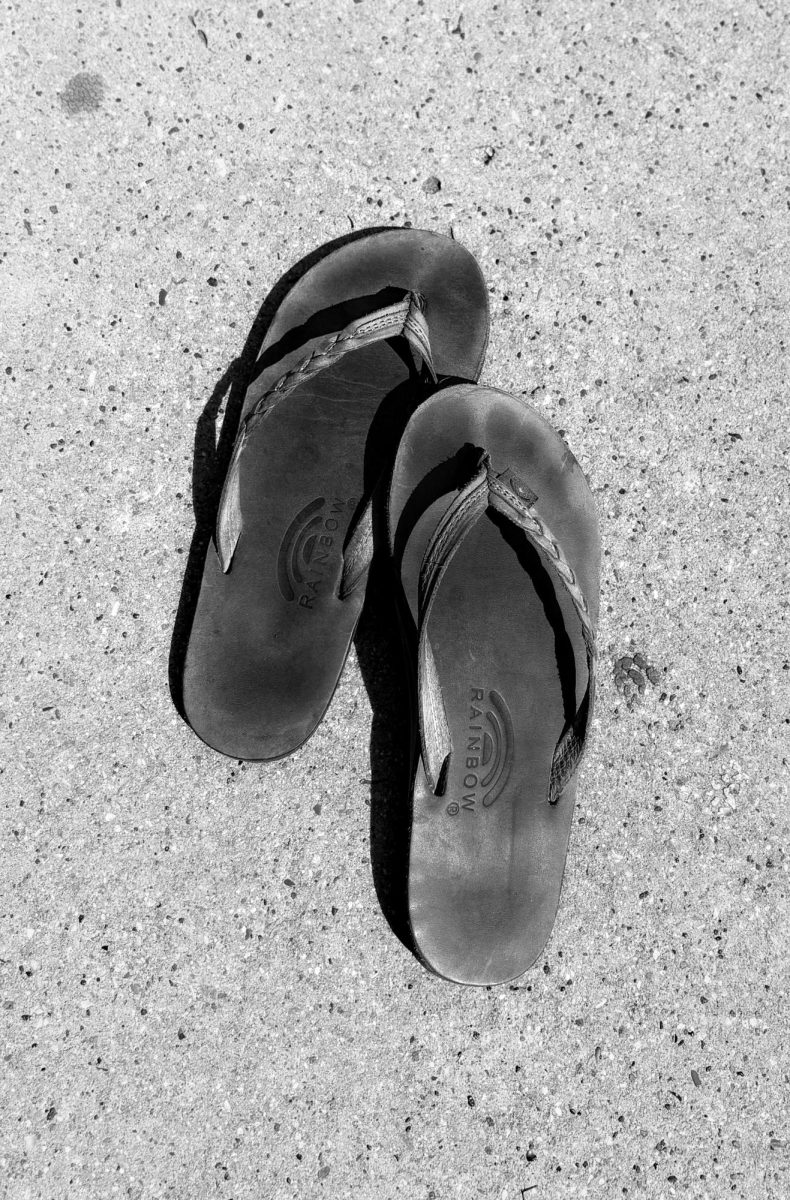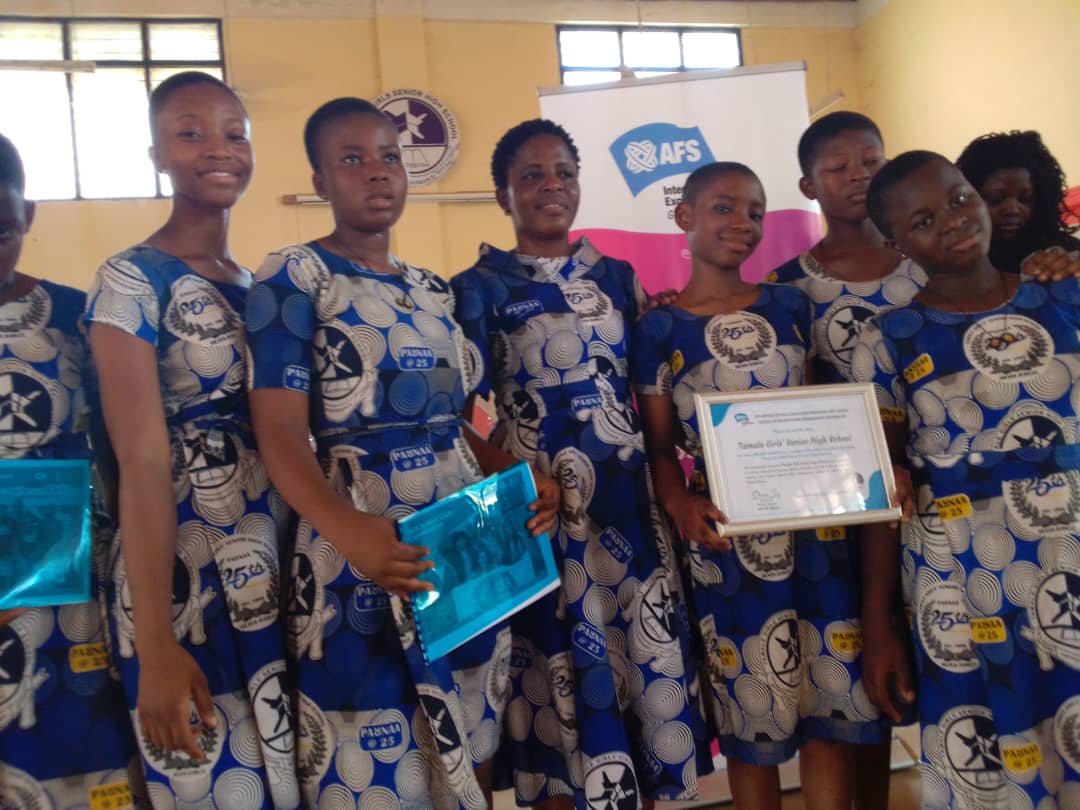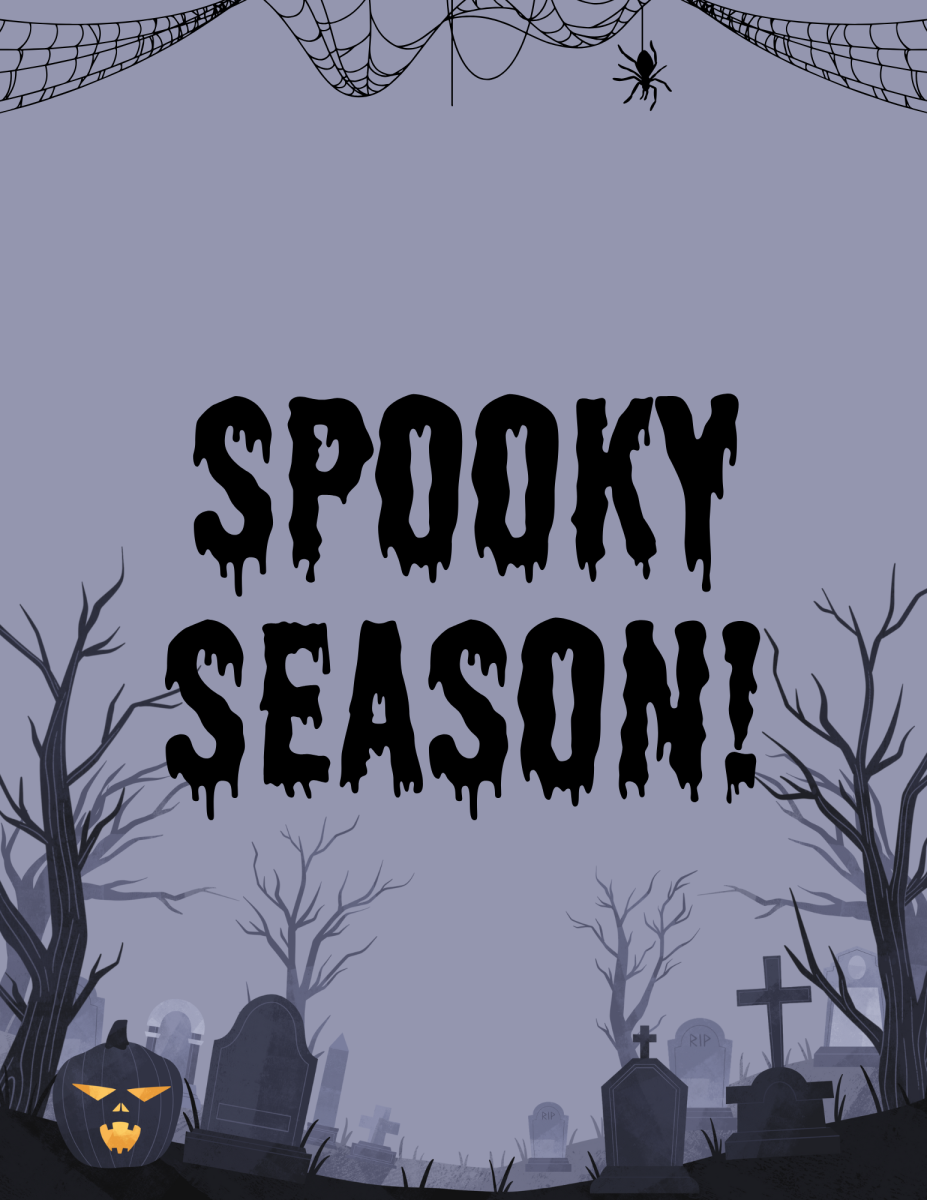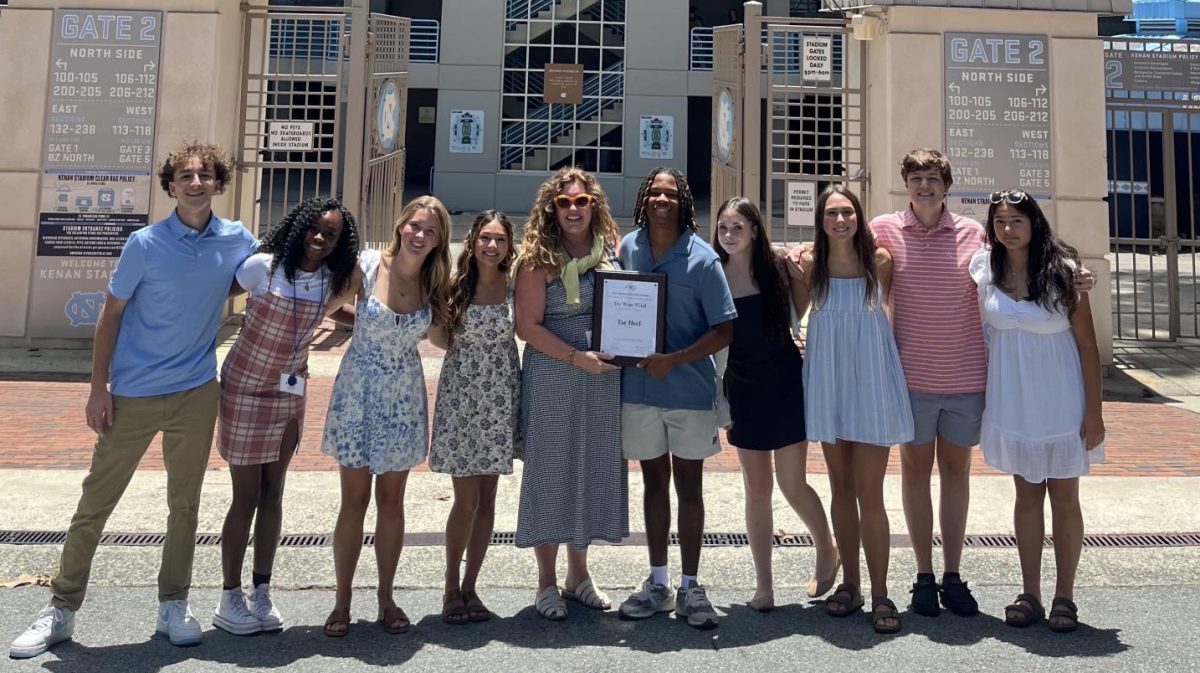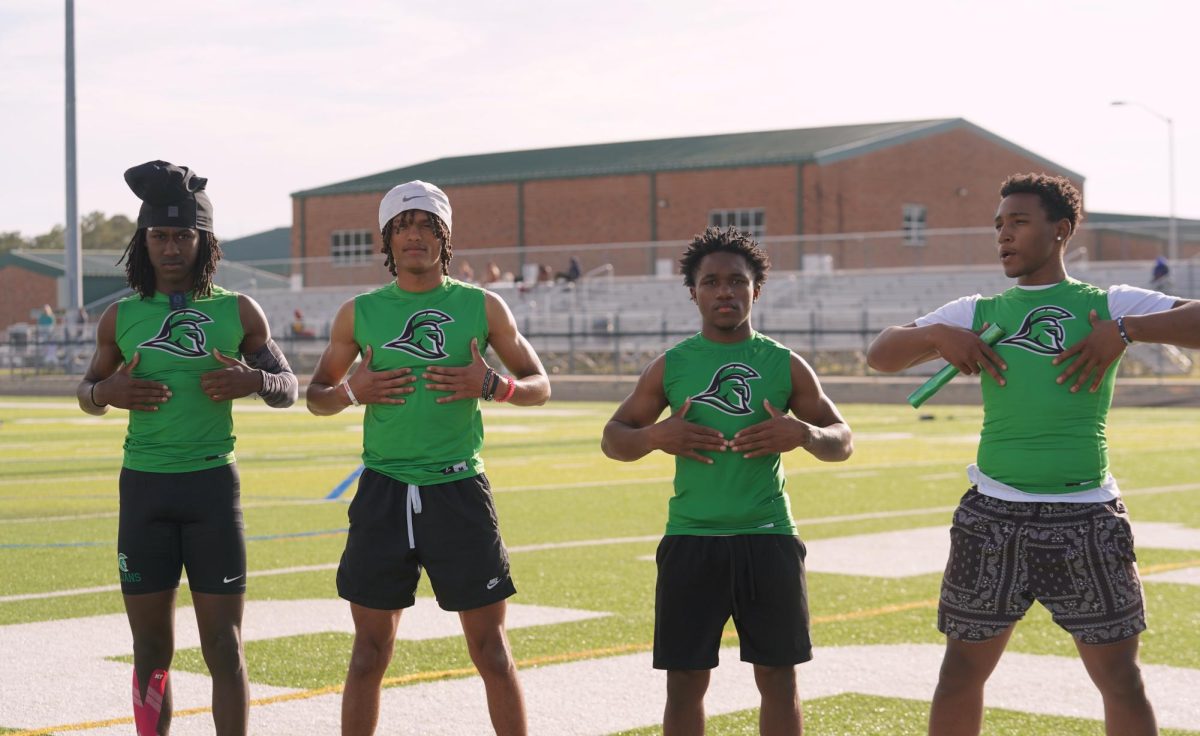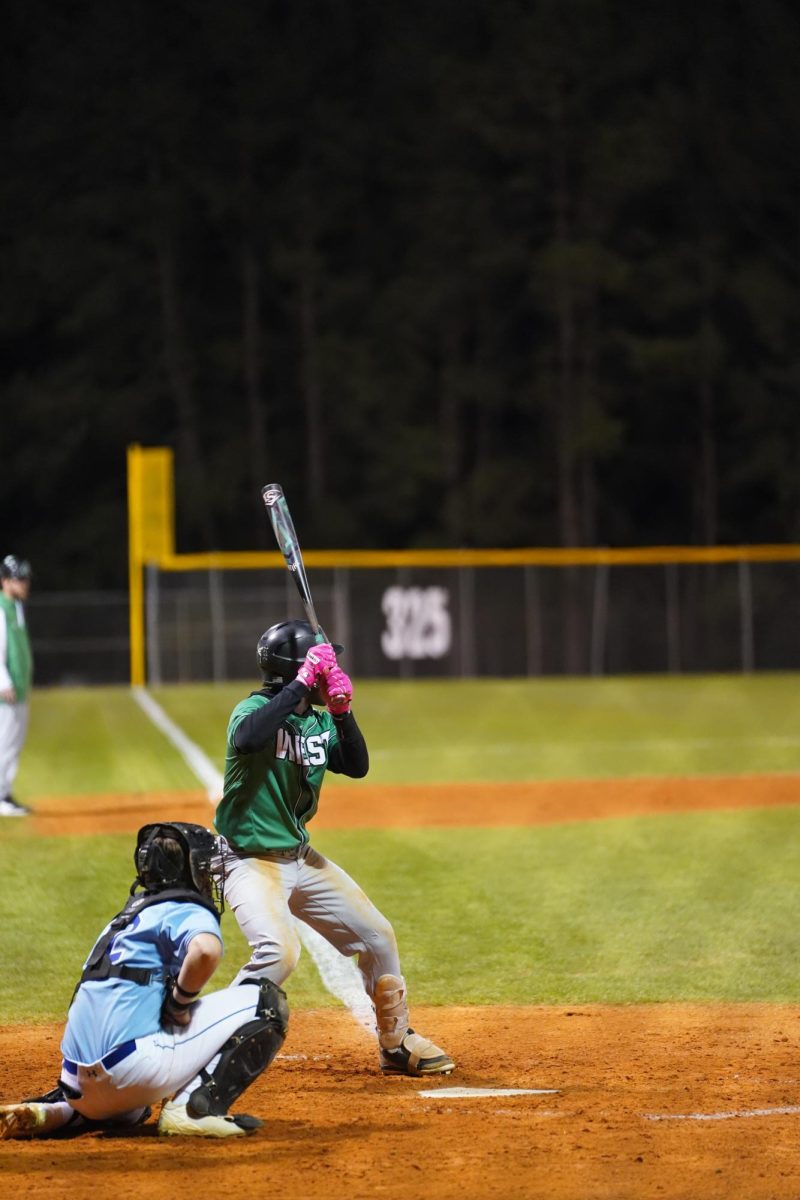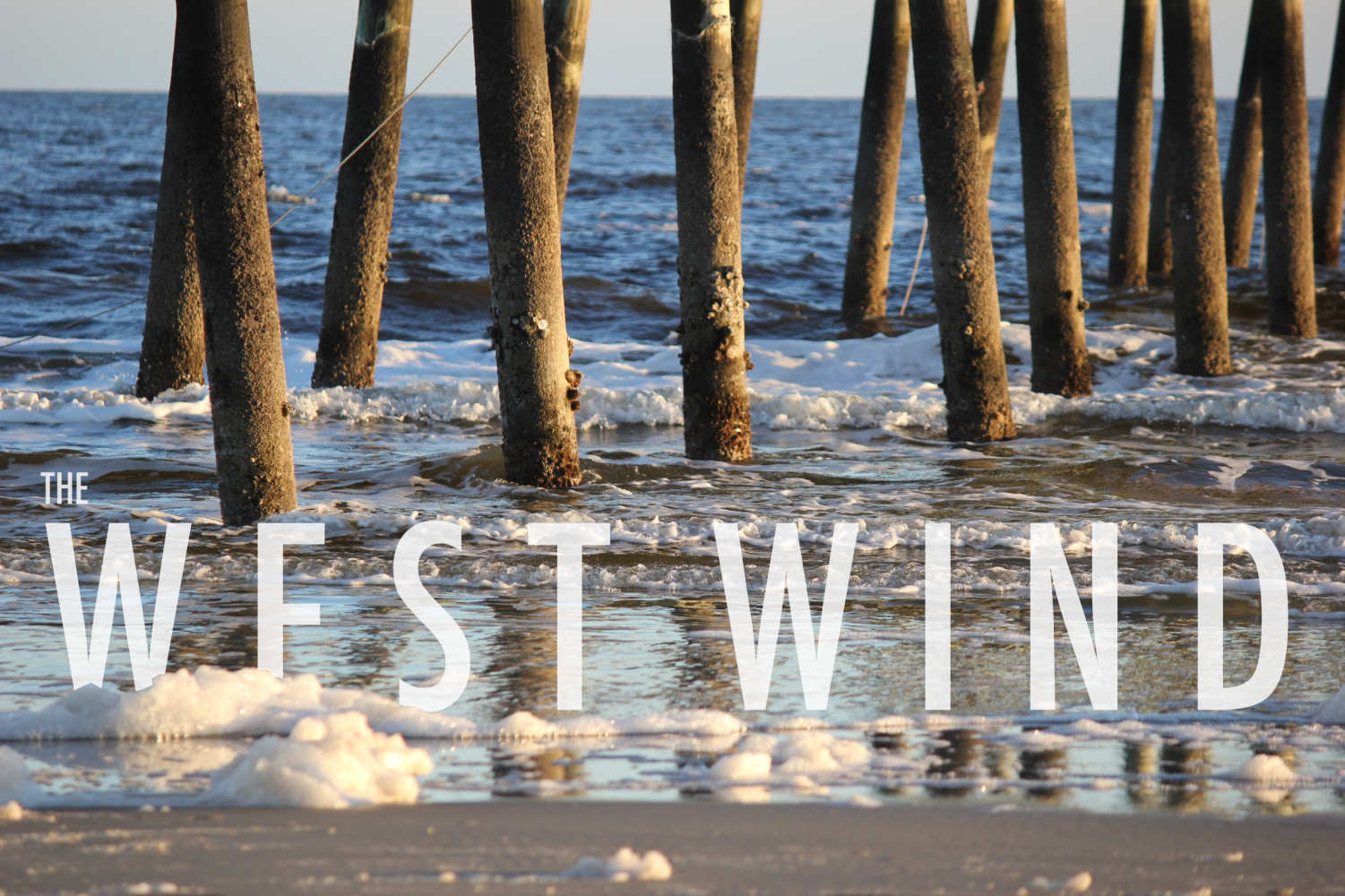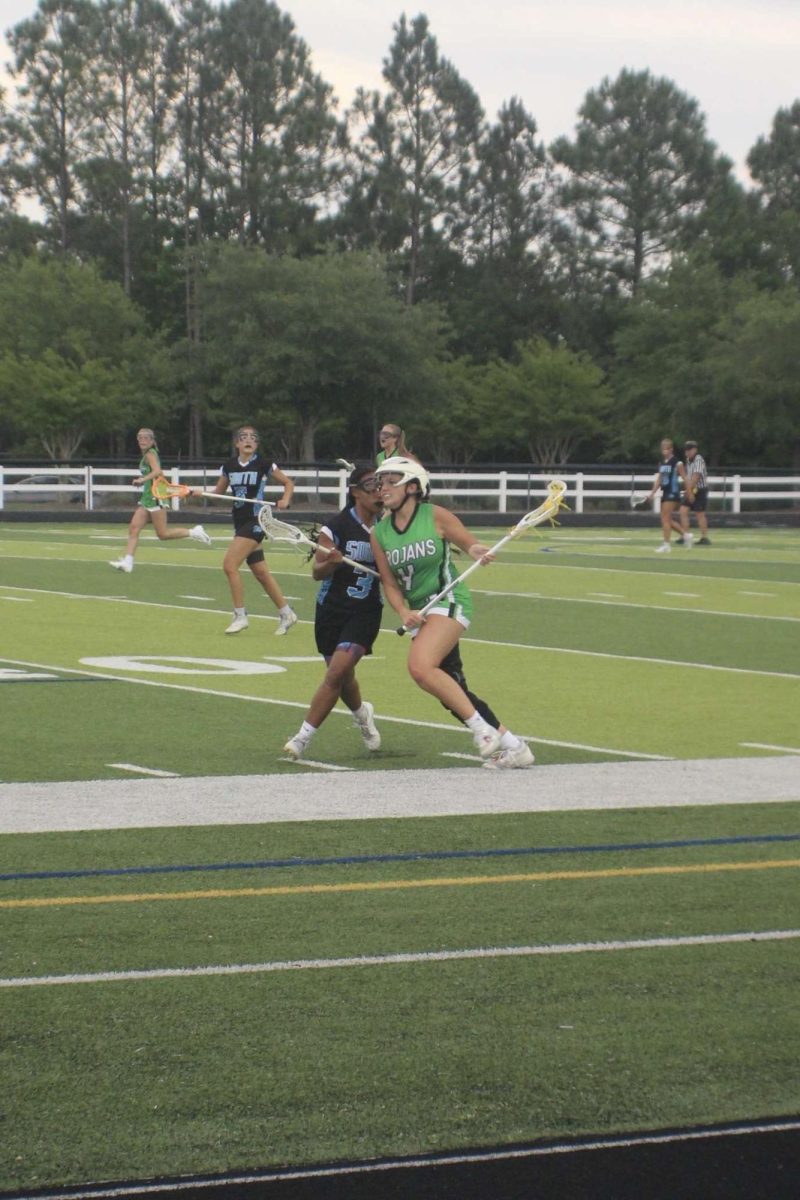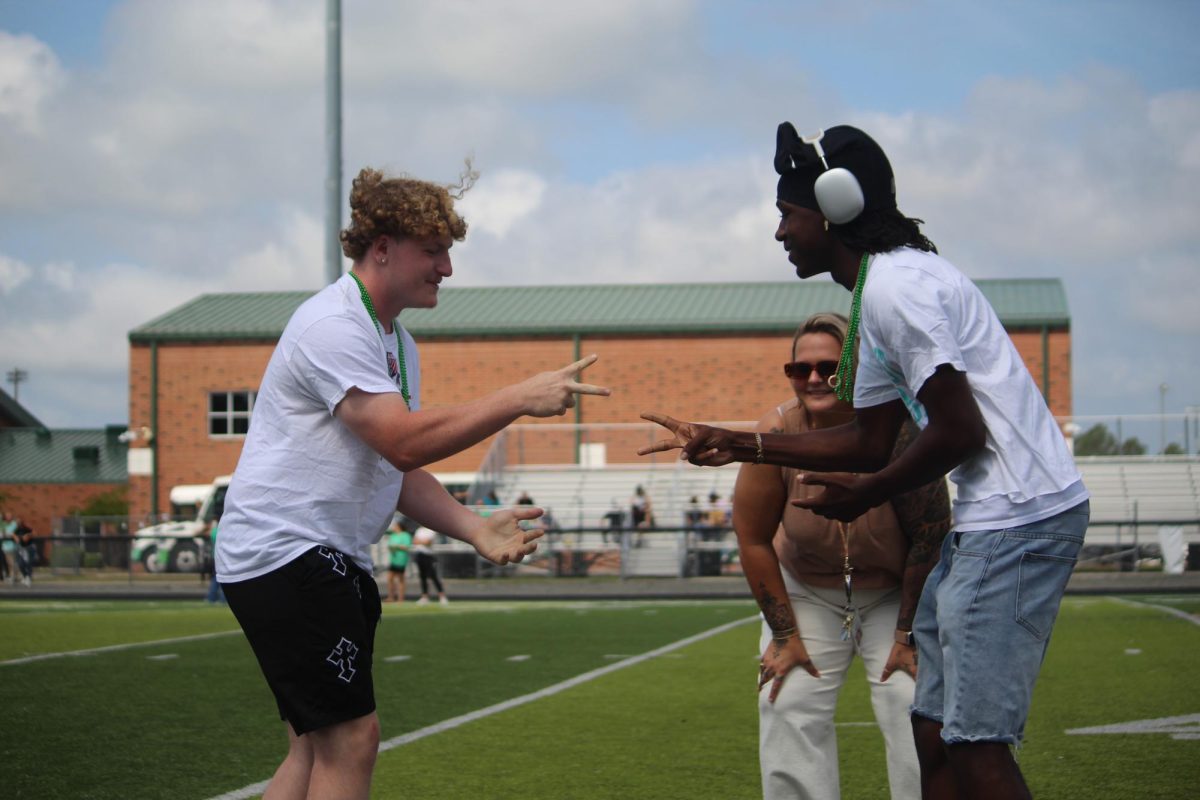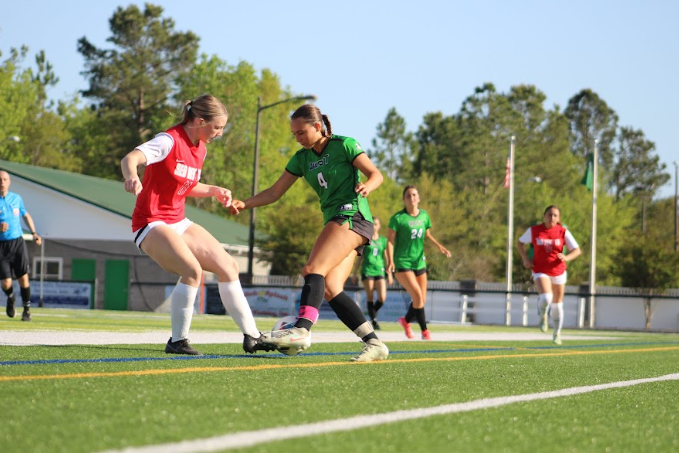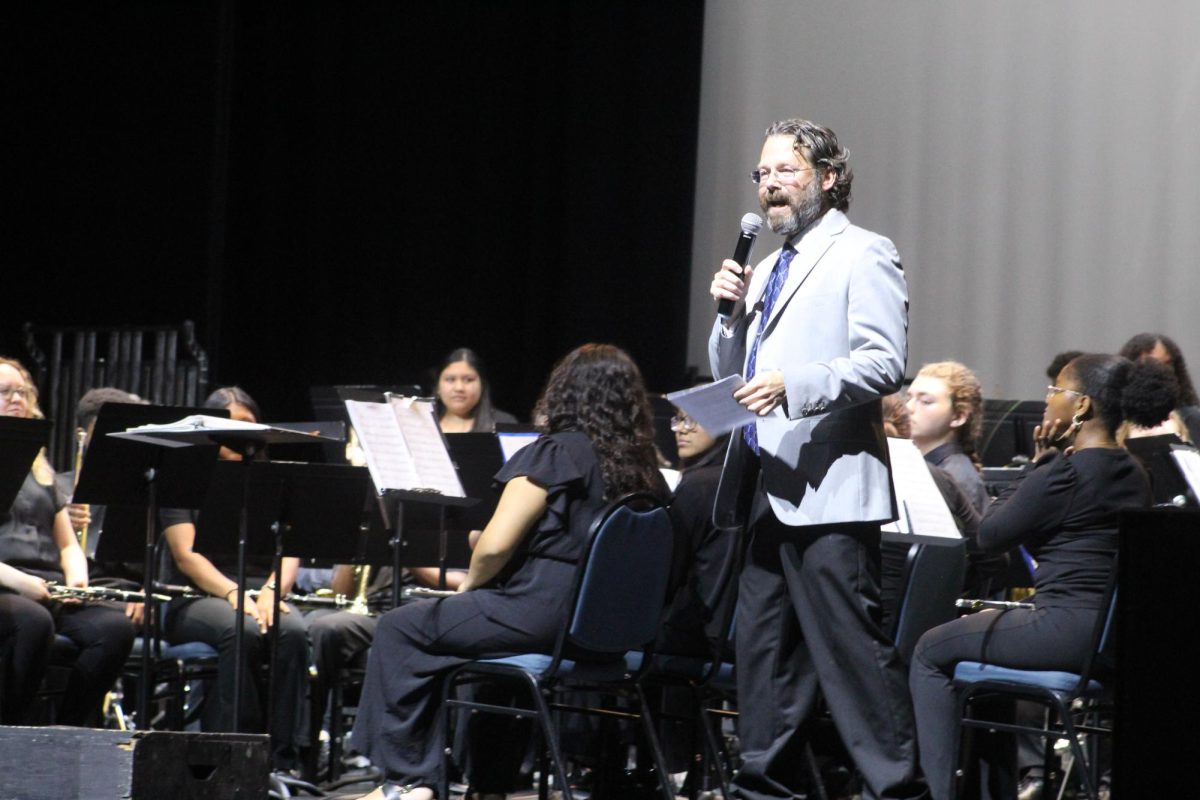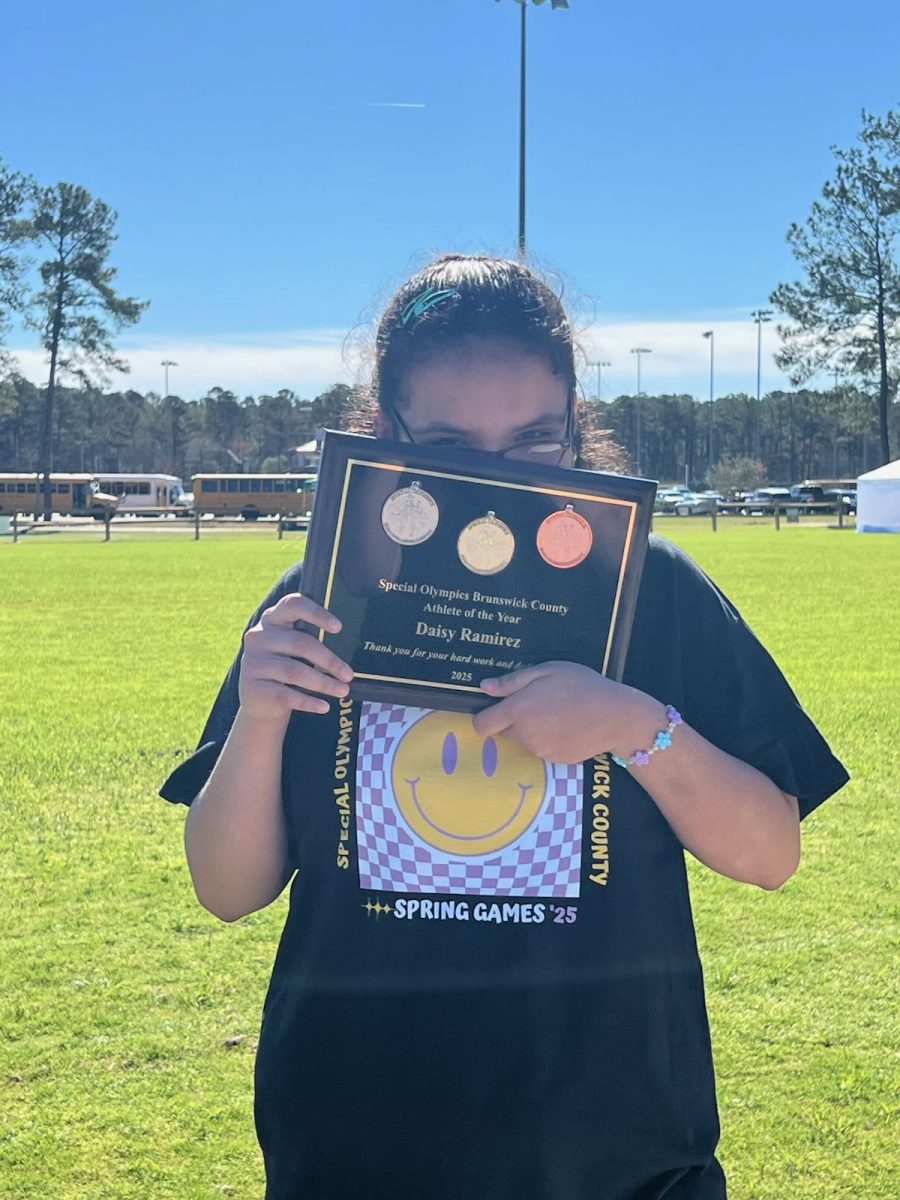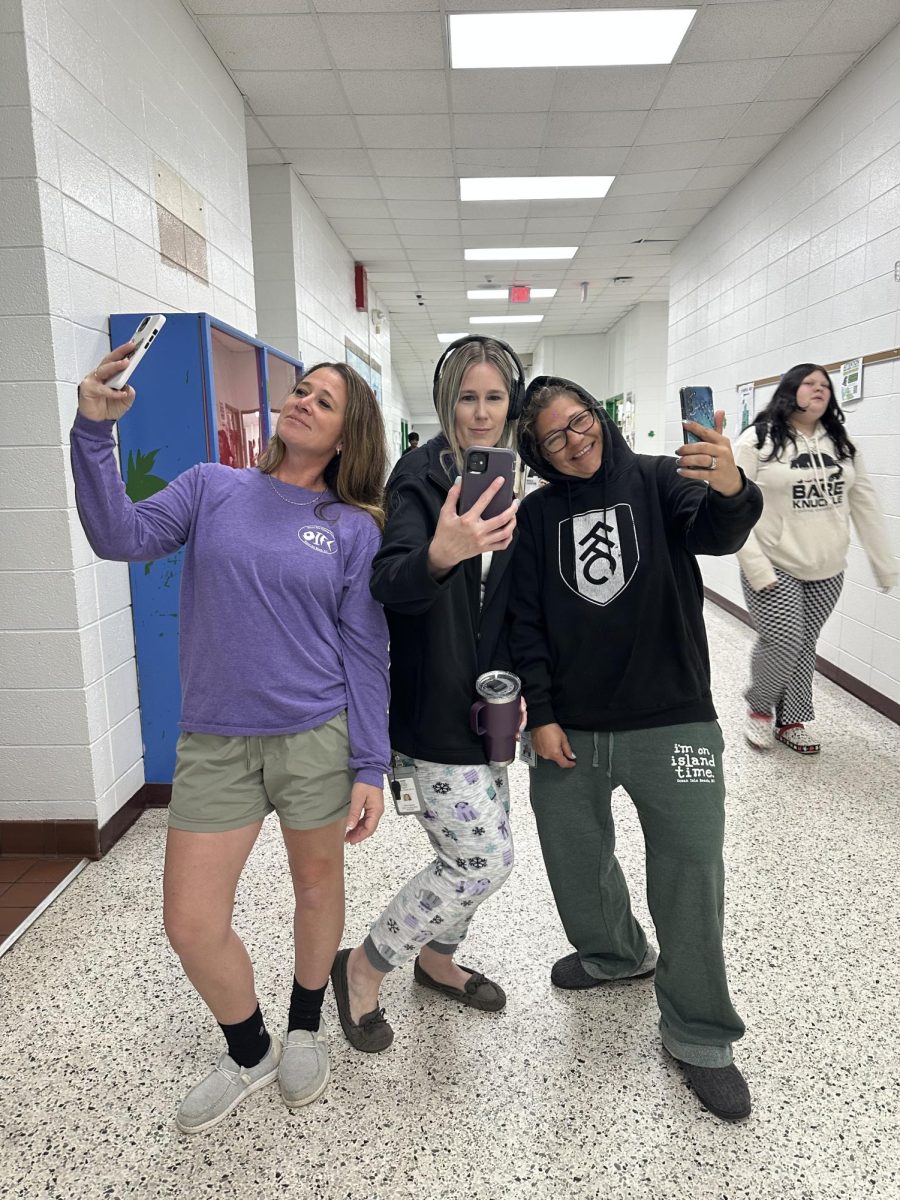With Spring just around the corner, tulips and daffodils are beginning to bloom, and it’s finally the time of year to plant your carrots, begonia, basil; and if you’ve been thinking about growing a garden this year, then you should know that now is the best time to start.
The Future Farmers of America (FFA) is an organization that helps to prepare its members for careers in the industry of agriculture. At West Brunswick, it is an opportunity for students to learn how to grow and maintain plants.
“We’re about to start our flower garden in the FFA,” said FFA president Bailey Klutzz. “I would say right around February-March is typically the best time to start if you’re wanting the spring and summer plants.”
If you don’t have any idea where to start with growing a garden then it’s important to first do your research on the type of plant that you are wanting to grow. All plants have different requirements that need to be met in order for them to grow and thrive. If these requirements are not met, then your plants will not grow properly, and likely have a very short life.
“Each and every plant across the world has their own specific requirements that they have to have,” said FFA teacher Kelly Richardson. “They have their own amount of soil, their own amount of water and their own amount of nutrients, so it does get very specific to the type of plant you’re trying to grow. That’s the biggest task is knowing what plants you’re growing, and knowing what they require. You’ve got to do your research. That’s the biggest thing.”
After you have done your research then you can finally start preparing your garden.
“If you don’t have a place, then you’re gonna have to find a space,” said Klutzz. “It does take up a lot of room whether you’re growing it horizontally or vertically.”
The next step is to make sure you have a good soil mixture that has all of the nutrients a plant might need to grow.
“You need a lot of nitrogen especially for corn and different vegetables and things like that, they take up nitrogen,” said Klutzz. “You need to make sure you use manure so it has that good basis, and then you want to use a typical fertilizer that way everything is completely level and nothing is thrown out of balance.”
After you have the proper soil and nutrients for your garden, you must let the soil sit for a while. Only after the soil has settled may you start adding the seeds and/or clippings that you want to grow in your garden. If you are a beginner gardener then you could start with some herbs because they are very easy to grow and require little space.
“Herbs are good,” said Ms.Richardson, “Especially if they only have interior space because herbs you can start in little containers inside, and you’re gonna be cutting off of them anyway so they don’t take up a lot of space.”
If you are wanting some flowers in your garden to add some color then there are still many good options for beginners.
“Then you can get into your annual plants which are only going to live for one life cycle, but that’s where you’re going to get most of your color,” said Richardson, “You’re gonna have vinca, impatiens, begonias and geraniums.”
After your seeds are planted, all you really need to do is make sure they get the proper amount of water, sunlight and nutrients. Make sure you keep an eye on your plants so that if any issues were to arise you could catch the problem early, and hopefully research a way to solve your problem.
If you are worried about your garden failing, don’t be because it won’t always go well the first time. If you learn from your mistakes then you are sure to create the perfect garden after some trials and errors.
“It’s basically a learn as you go kind of thing,” said Klutzz. “I know whenever I first got into the whole ‘growing thing’ I did not do very well. I killed just about anything and everything I touched, and now I am helping Ms.Richardson run a whole greenhouse full of everything. It’s basically a live and you learn kind of thing. Do your research and learn what’s good and what’s not good, and what works for you in your space.”


